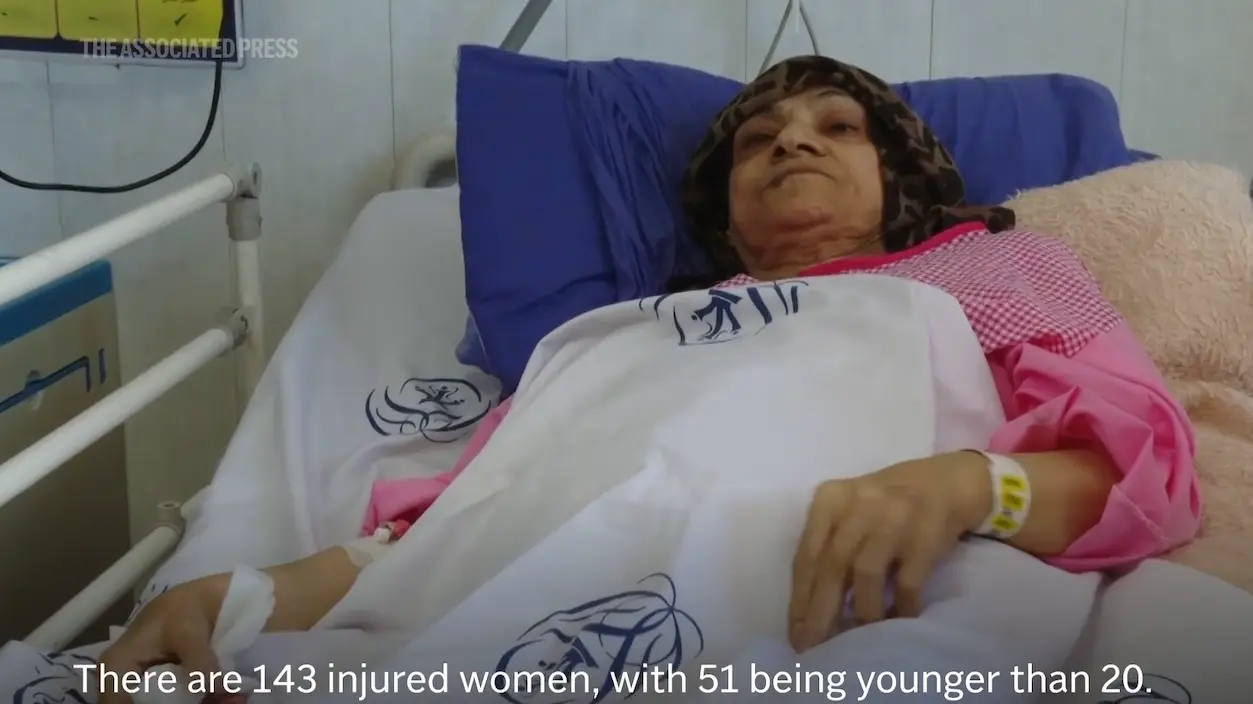
As Israel’s air campaign enters its second week, Iran’s Health Ministry confirms 430 civilian deaths and over 3,500 injuries
Hospitals Overrun: Tehran Grapples with Humanitarian Crisis
Thousands Injured – Tehran’s hospitals are at a breaking point. Following over a week of sustained Israeli airstrikes, Iran’s Health Ministry has confirmed that at least 430 civilians have been killed and more than 3,500 injured since the conflict erupted on June 13. The wounded continue to pour into emergency rooms, many suffering from blast injuries, burns, and shrapnel wounds.
Table of Contents
At Kermanshah Hospital, one of the capital’s largest trauma centers, doctors have been working around the clock. The facility was reportedly evacuated after sustaining damage from nearby strikes. Medical staff are treating patients in makeshift wards, with supplies dwindling and power outages complicating surgeries.
Iran’s Deputy Health Minister Ali Jafarian stated that three hospitals have been directly hit, and warned of a looming radiological emergency if Israeli strikes on nuclear facilities continue. “We are prepared to deal with any nuclear leak,” he said, adding that 457 surgeries had already been performed on the wounded.
Civilian Toll Mounts as Israel Targets Strategic Sites
The Israeli military has defended its actions as part of Operation Rising Lion, aimed at dismantling Iran’s nuclear and missile infrastructure. However, the civilian toll has sparked global outrage. Among the dead are women, children, and elderly residents caught in the crossfire of a conflict that shows no signs of abating.
Iranian officials claim that civilian neighborhoods, hospitals, and media buildings have been targeted, including the IRIB state broadcaster in Tehran. The Israeli Defense Ministry, meanwhile, announced the killing of Saeed Izadi, a senior commander of the Quds Force, in a precision strike on Qom. While Israel touts this as a major intelligence victory, Iran has labeled it an act of terrorism.
The International Atomic Energy Agency (IAEA) has expressed concern over potential radiological contamination at the Natanz nuclear facility, which was struck during the campaign. Though no external radiation has been detected, the agency warned of “real potential for accidents” if hostilities continue.
Global Alarm and the Fragile Thread of Diplomacy
As the humanitarian crisis deepens, international pressure is mounting. The United Nations Security Council has convened an emergency session, while Turkey, France, and Germany have called for an immediate ceasefire. Iran’s Foreign Minister Abbas Araghchi has refused to resume nuclear negotiations unless Israeli strikes cease, accusing the U.S. of complicity.
Despite the carnage, both sides remain entrenched. Israeli Prime Minister Benjamin Netanyahu insists the campaign is “ahead of schedule,” while Iran’s Supreme Leader Ayatollah Khamenei has vowed to continue resistance “until the last breath.”
Meanwhile, humanitarian organizations are urging the international community to act. The World Health Organization and International Red Cross have been asked to intervene, but Iran’s officials remain sceptical of their ability to influence the situation.
Conclusion: Thousands Injured in Tehran
The rising civilian death toll in Tehran is a grim testament to the human cost of geopolitical brinkmanship. As hospitals overflow and diplomacy stalls, the world faces a stark choice: intervene to stop the bloodshed, or witness a humanitarian catastrophe unfold in real time.
Stay updated with the latest news on Rapido Updates. Keep yourself updated with The World, India News, Entertainment, Market, Gadgets, Sports, and many more